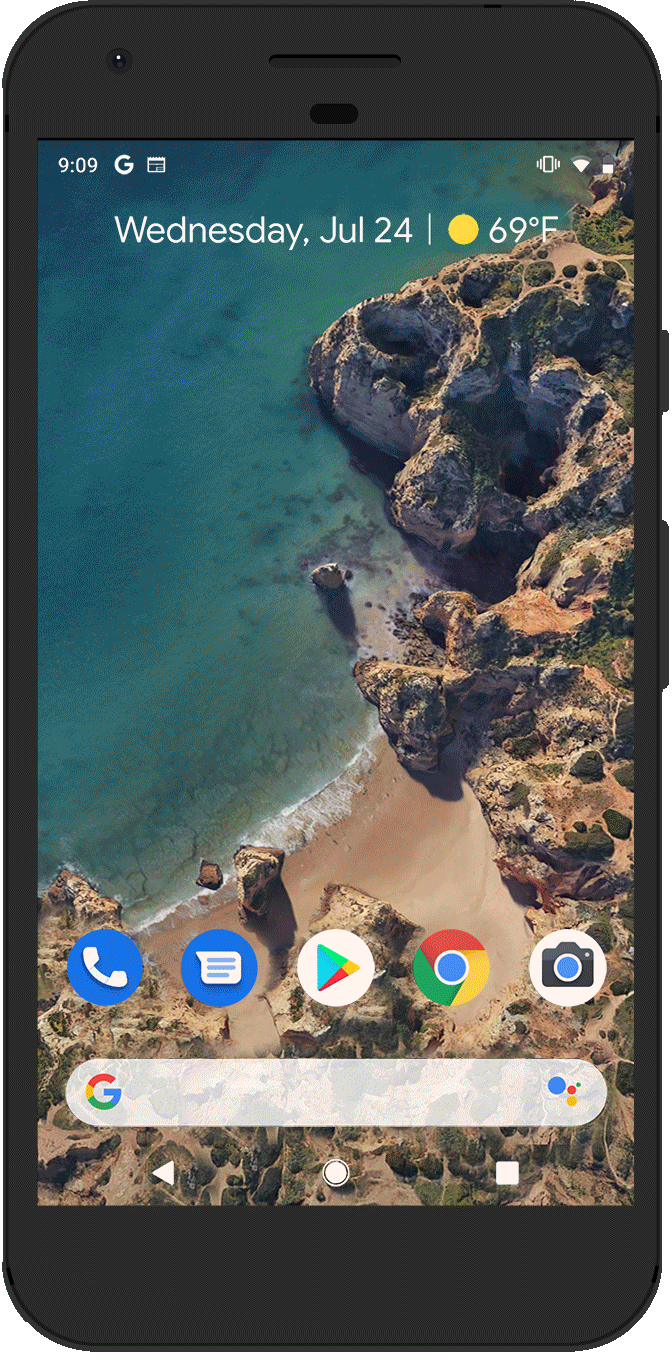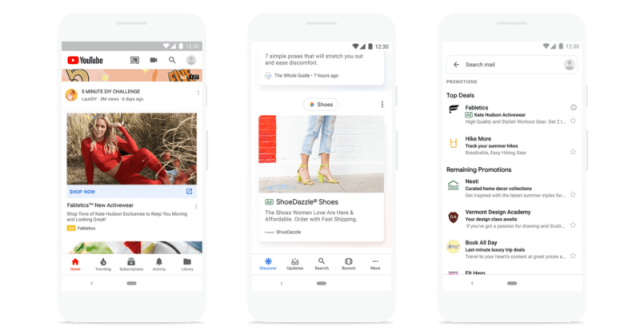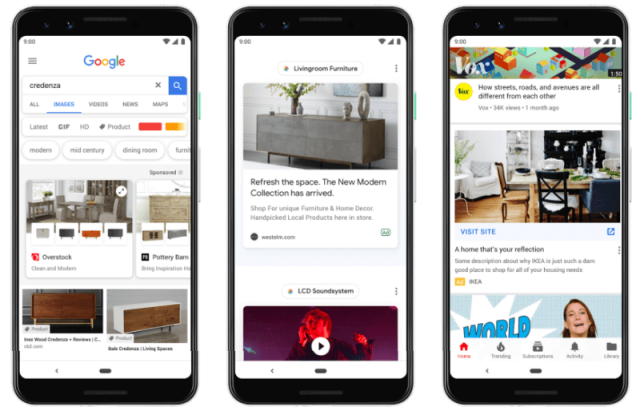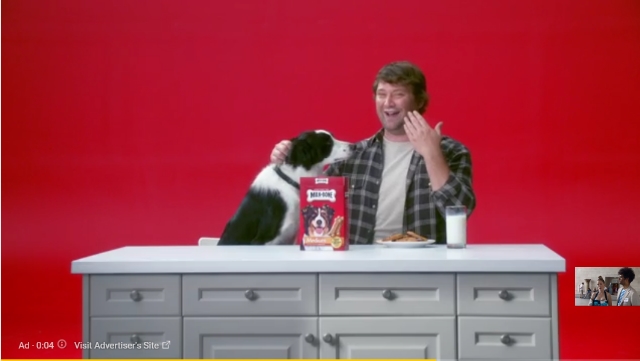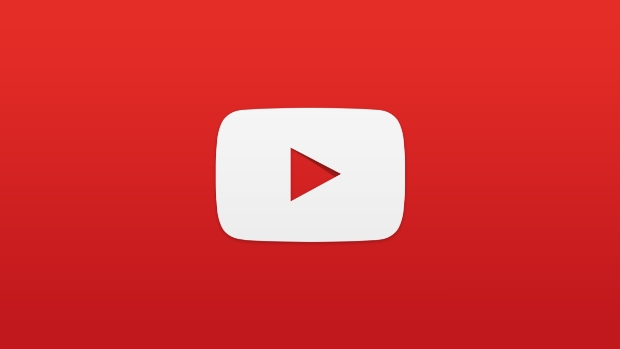Google is officially rolling out frequency targeting controls for video ads on YouTube according to a new blog post from the company.
With this move, advertisers can now take control and set limits for how often individuals see their ads.
In the past, the only way to do this was through connected TV campaigns in Google Display & Video 360 – more advanced advertising tools and features.
What Is Frequency Targeting For Ads?
Frequency targeting lets advertisers set a target number of times their ad will be shown to specific users.
This helps make the most of ad budgets by preventing ads from being repeatedly displayed to unreceptive audiences.
As the announcement for the feature explains:
“This will help advertisers optimize towards more precise reach and frequency, while ensuring that we continue to provide a suitable advertising experience for viewers. Target frequency allows advertisers to select a frequency goal of up to four per week and our systems will optimize towards a maximum unique reach at that desired frequency.”
Why Set a Frequency Target For Your Ads
Though there may be times when repeatedly seeing the same ad may be beneficial to motivate potential customers, there is a limit. Most studies indicate that repeatedly seeing ads is much more likely to contribute to diminishing returns and bad will with consumers.
For example, one Google-commissioned study found that TV advertisers see a decrease in ROI of 41% when the frequency of their ads was more than 6 views per week. Based on the data, more than 46% of ad impressions were above this threshold, making nearly half of ad impressions wasted.
The study says:
“Almost half of the linear TV impressions in our study were considered waste but the same study from Nielsen shows that brands can increase their average weekly frequency from one to three on YouTube with a consistent ROI.
“This is a huge opportunity for marketers to maximize their impact across the same set of people they are already reaching today.”
Final Details
Frequency targeting is now rolling out to all Google Ads users around the globe.
Google claims that over 95% of all campaigns using frequency targeting hit their goal using the tool in testing.




